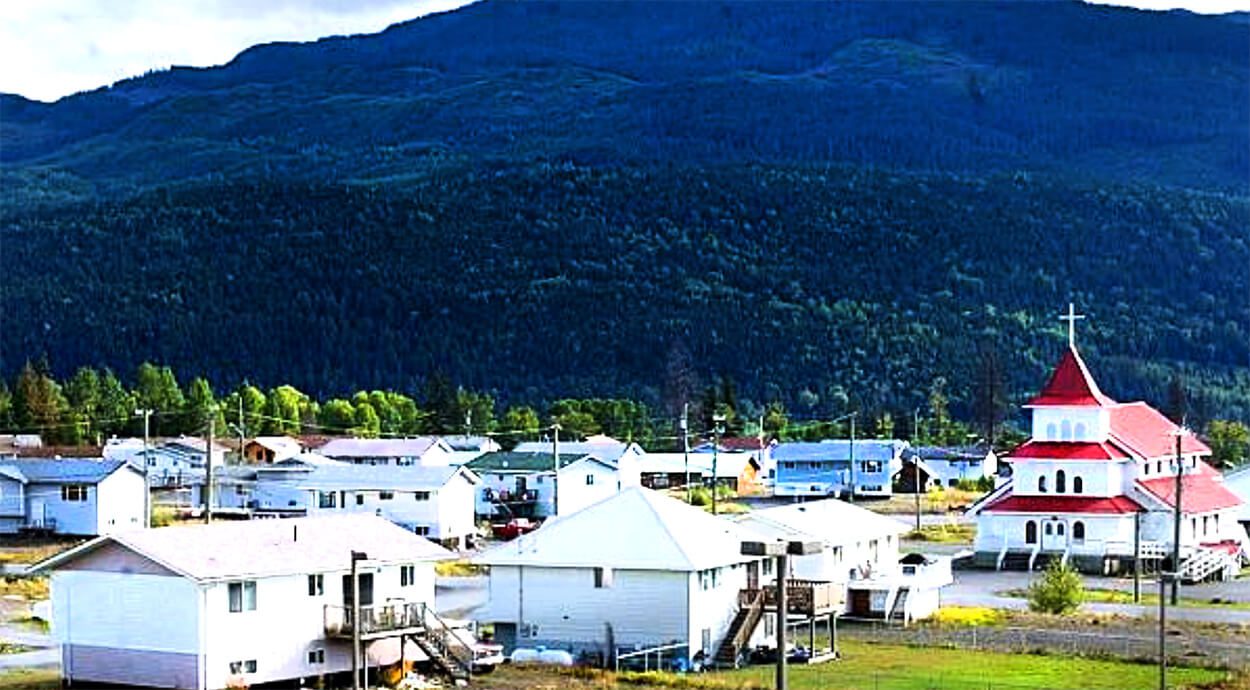 Quite frankly, the country needs to think seriously about its commitment to the revival and revitalization of rural and small-town Canada, for the prospect looms large that a precipitous decline could easily follow on the heels of the devastation caused by the COVID-19 pandemic, writes Ken Coates.
Quite frankly, the country needs to think seriously about its commitment to the revival and revitalization of rural and small-town Canada, for the prospect looms large that a precipitous decline could easily follow on the heels of the devastation caused by the COVID-19 pandemic, writes Ken Coates.
By Ken Coates, June 1, 2020
As the country continues its struggle to overcome the COVID-19 pandemic, a challenging accounting is underway. The nation’s unemployment rate is extremely high. The number of permanent small business closures is frightening. Long-established major firms are closing down. The Government of Canada, which responded quickly and effectively to quell financial panic, now has to show it can be as fast and adept at restarting a traumatized economy. In no part of Canada is the reboot more critical – and more uncertain – than in the nation’s rural areas and small towns.
For generations, rural and small-town Canada has been struggling. The sharp decline of many single-industry towns is well-known, as has been the fall off in the country’s agricultural workforce through a combination of technological innovation and the consolidation of farm properties. There has been no shortage of revitalization plans, community empowerment processes, and regional economic development efforts. Some have worked; most have had trouble stemming the flow of young people, families and businesses from these areas. Resilience is a key characteristic of agrarian life and Canada’s many small towns have fought back from economic despair in the past. But this feels different.
Several key forces have already lined up against rural Canada. Technological change has made some rural businesses more competitive, but lowered labour requirements in others. E-commerce and e-services improved the quality of life in remote centres but undercut the business model for many small local firms. The carbon tax hit rural Canada disproportionately hard and is harming already vulnerable operations. In Western Canada, the multiple factors undermining the oil and gas industry have buffeted the many small towns in the region. Pre-COVID, in a world increasingly dominated by city-state economies, rural and small-town Canada was already experiencing serious difficulties.
Even before the COVID-19 crisis hit, rural, blue-collar, and small-town Canada was already facing poorer outcomes than urban and white-collar Canada. As explained in a 2019 MLI report by Sean Speer titled Forgotten People and Forgotten Places: Canada’s Economic Performance in the Age of Populism, where a Canadian lives and the nature of their work was already a major determinant of economic success long before the pandemic. These divergent economic outcomes are all but certain to worsen in the Post-COVID world.
Canada now find itself in a midst of a deep economic meltdown. The country has many high priorities, from protecting and revitalizing Indigenous communities to supporting fishing villages on the East Coast. It needs to restart and expand the manufacturing sector, decide if it wants to revitalize the oil and gas sector, and try to revive retail, service and restaurant companies. The challenges facing rural and small-town Canada have largely escaped notice for the past few decades; now these communities have to vie for the government’s attention during a time of national crisis.
One rural sector – the tourism industry –reveals the extreme vulnerability of the small-town economy in Canada. Quite remarkably, the crises facing tourism have attracted limited attention countrywide. As the summer season approaches, a monumental economic meltdown is underway. Reservations at hotels, motels, fishing lodges, retreat centres have been cancelled en masse. Many have closed for all of 2020. In Yukon, which has worked exceptionally hard to build a vibrant, international market, the suspension of the West Coast cruise ship season has already caused widespread harm. So it is across the rest of the country, from cozy East Coast bed and breakfasts to world-class Saskatchewan fishing camps, the brilliant theatre towns of southern Ontario, and the spectacular wilderness operations in northern British Columbia and down the Mackenzie River valley.
The business losses in the tourism sector are serious but they do not explain the collective impact of the decline for rural and small-town tourism. If the travellers do not arrive – and they ae unlikely to come in the summer of 2020 and the crisis could persist into 2021 – the whole community suffers. Airline travel has stalled, hotels have closed, staff have been laid off, restaurants that are struggling to reopen will have fewer of the free-spending tourists, adventure companies are not hiring this year, and the thousands of companies that support the sector are struggling.
Over the last decade, tourism has been a hidden gem in the economic redevelopment of rural Canada. Indigenous tourism alone was slated to breach the $1 billion barrier in 2020, but hundreds of small and vulnerable Indigenous firms are facing bankruptcy. Canada has emerged as an attractive global tourist destination, capitalizing on the country’s spectacular scenery and compelling cultural attractions. This is all at risk as the world’s tourism industry struggles to find its feet in the wake of the pandemic. There is no easy path to the revitalization of tourism, but for small town Canada a great deal is riding on the rebirth.
Across the board, COVID-19 exposed serious weaknesses in rural areas. Poor quality Internet limited the community’s ability to respond to a succession of economic, educational, health and commercial crises. The inadequate health care services stood exposed during the pandemic, with Indigenous communities particularly nervous about the spread of the virus. As waves of layoffs swept across the country, job and income losses hit particularly hard at small-town businesses, tourist operations and resource projects, their economic vulnerability revealed.
There is no easy solution to the formidable challenges facing small town Canada. In a country awash with economic and social crises, and with the federal government sharply focused on the major difficulties facing the largest metropolitan areas, it is hard to imagine rural and small-town issues rising up high on the national agenda. Quite frankly, the country needs to think seriously about its commitment to the revival and revitalization of rural and small-town Canada, for the prospect looms large that a precipitous decline could easily follow on the heels of the devastation caused by the COVID-19 pandemic.
Ken Coates is a Munk Senior Fellow with the Macdonald-Laurier Institute.




